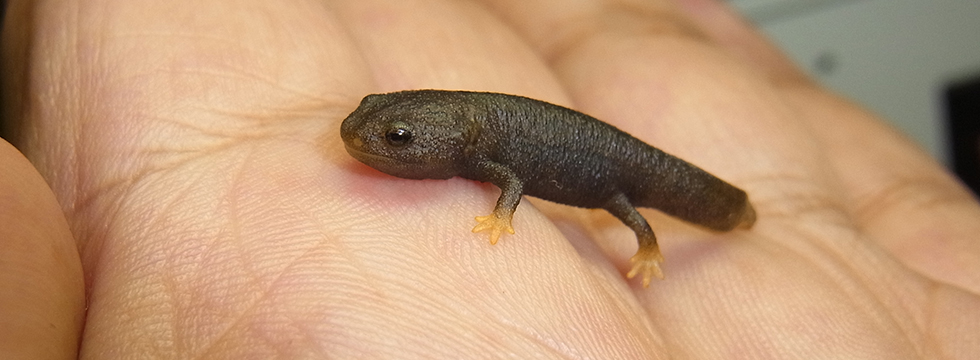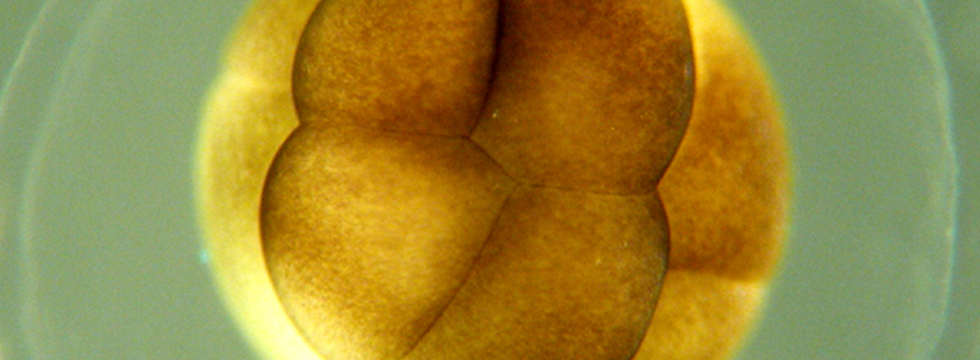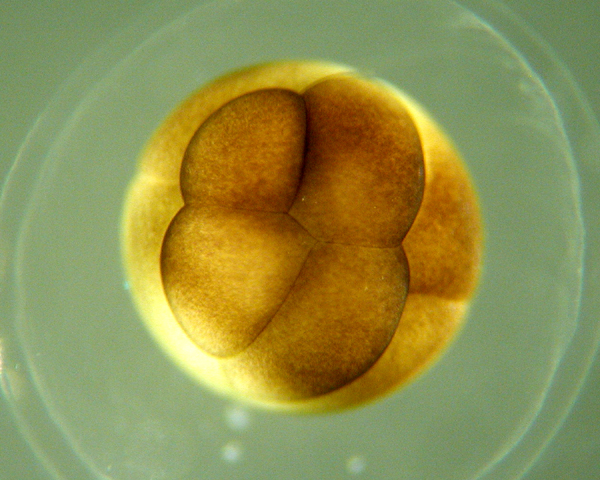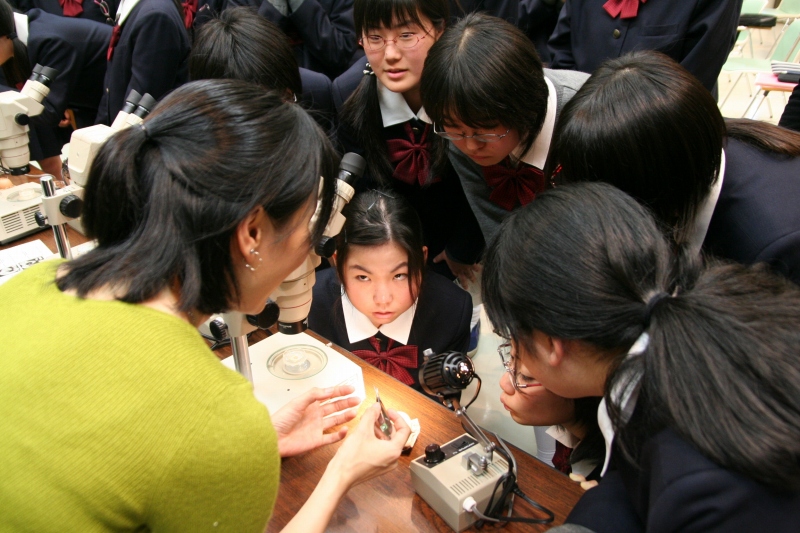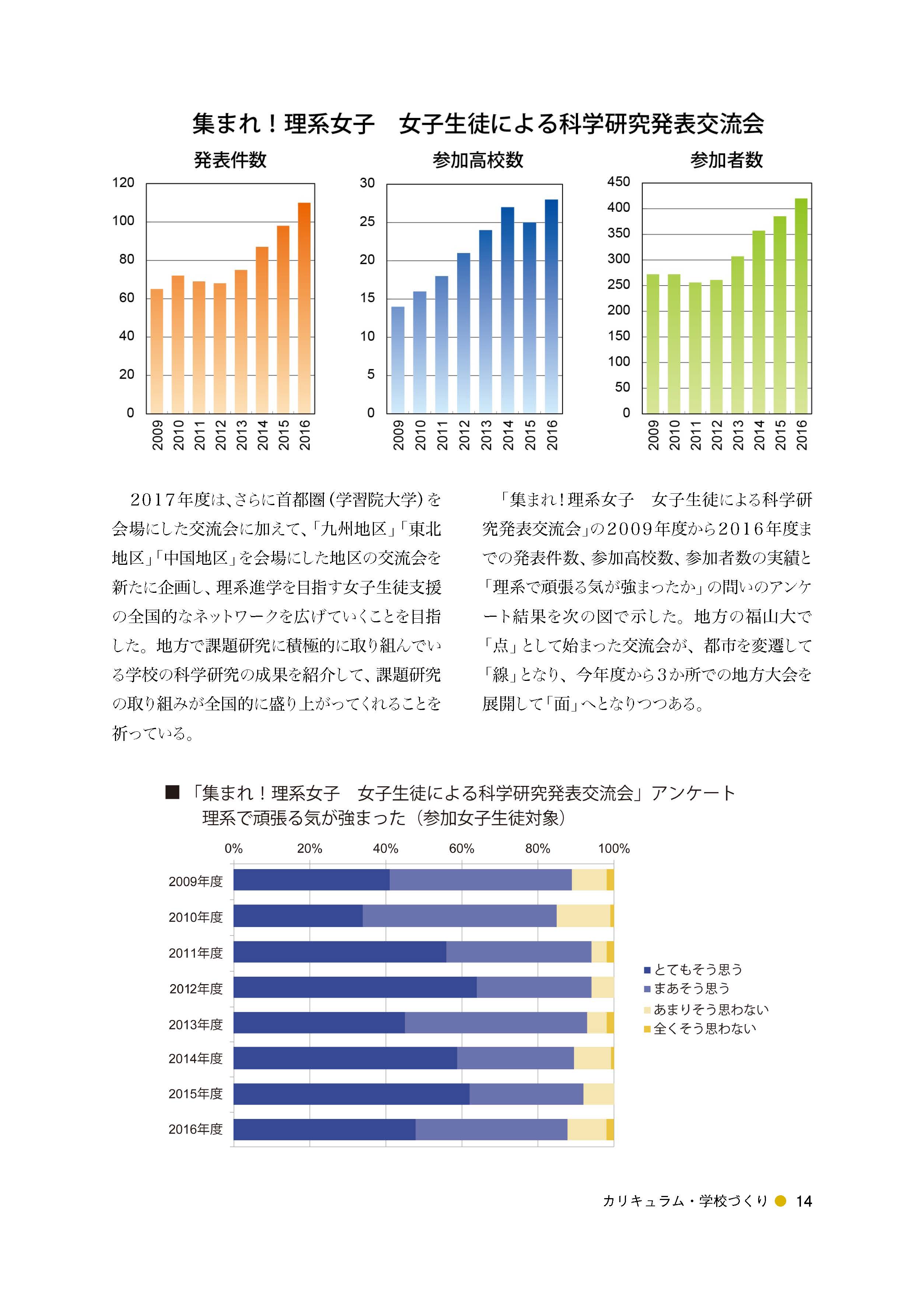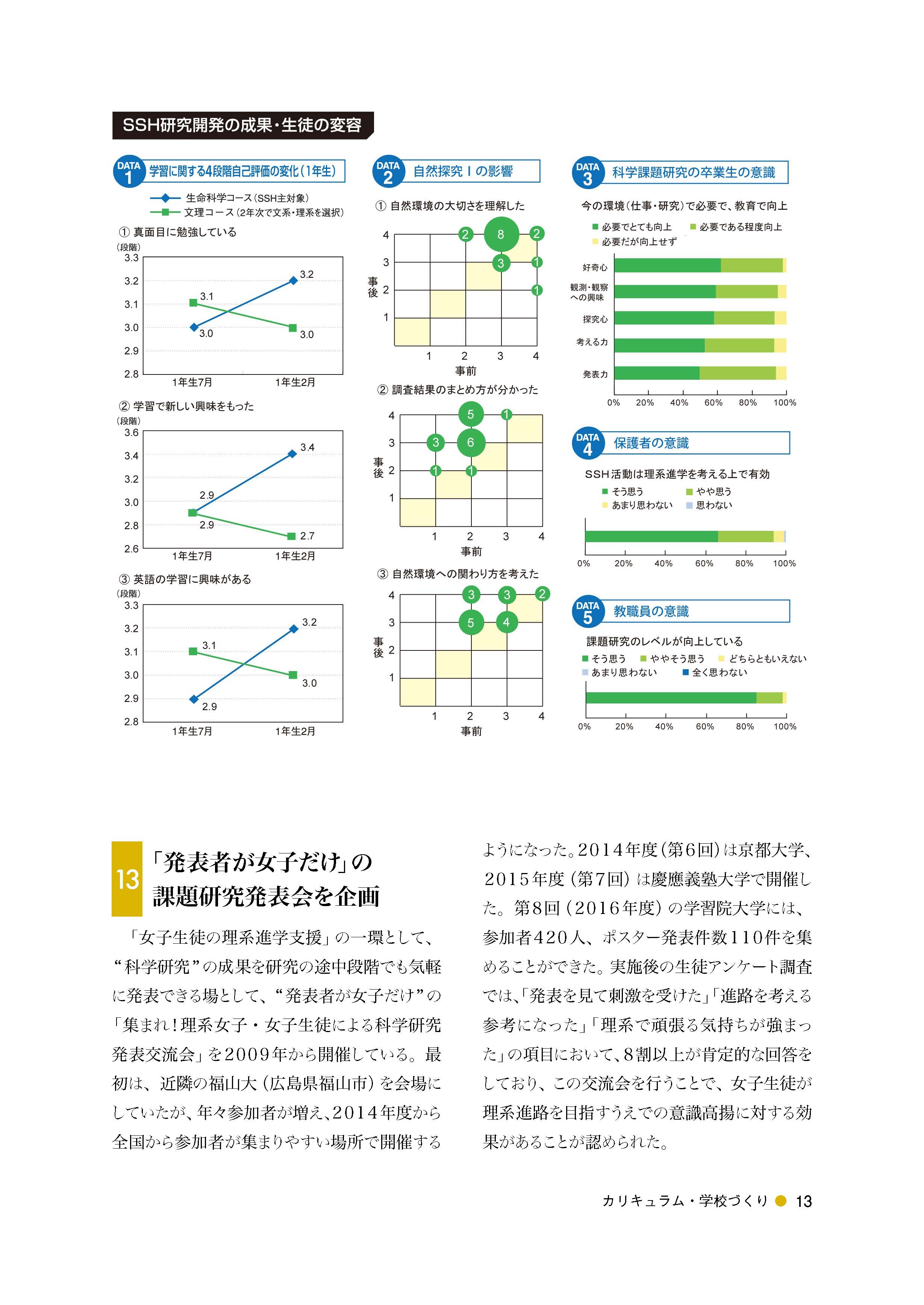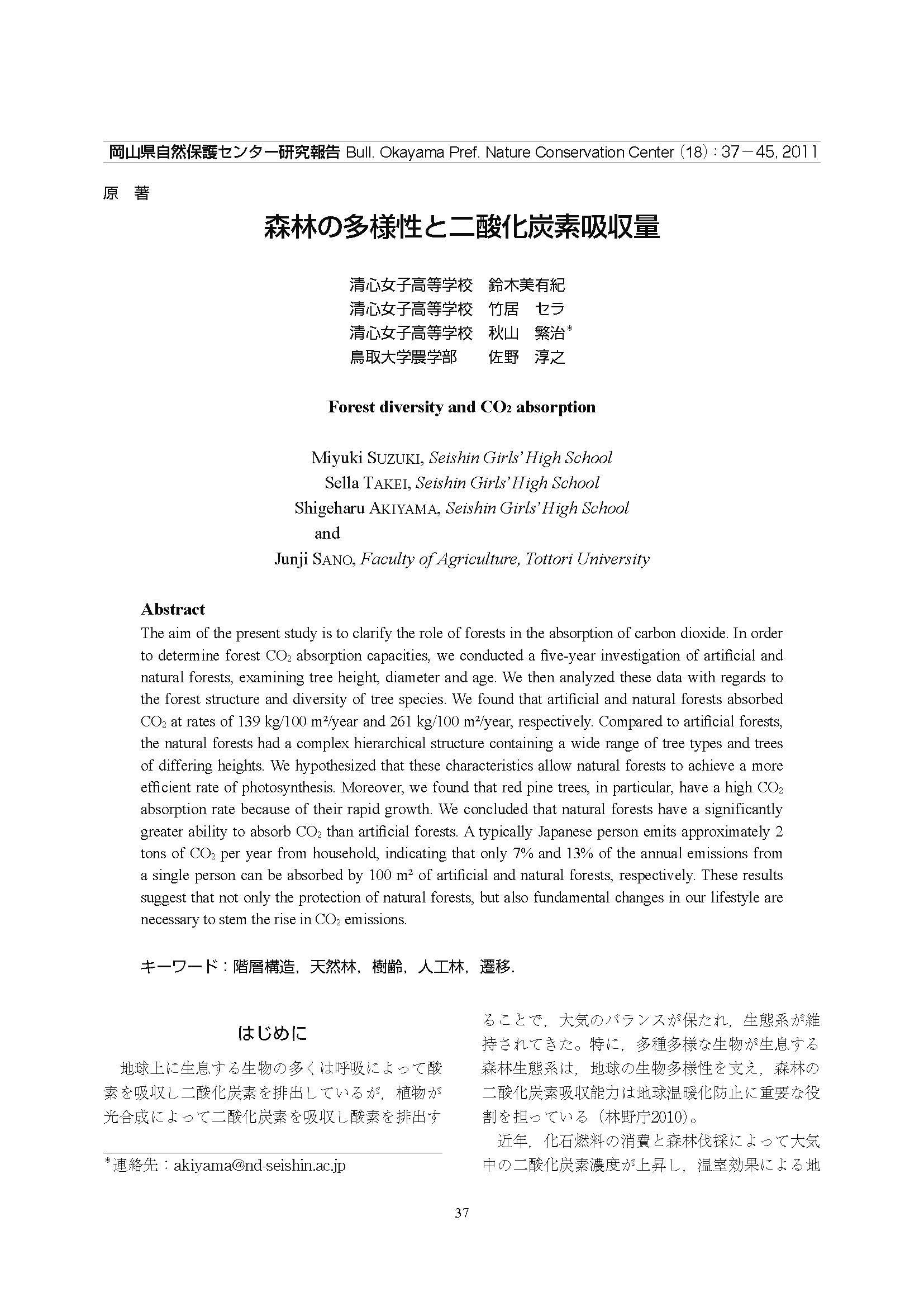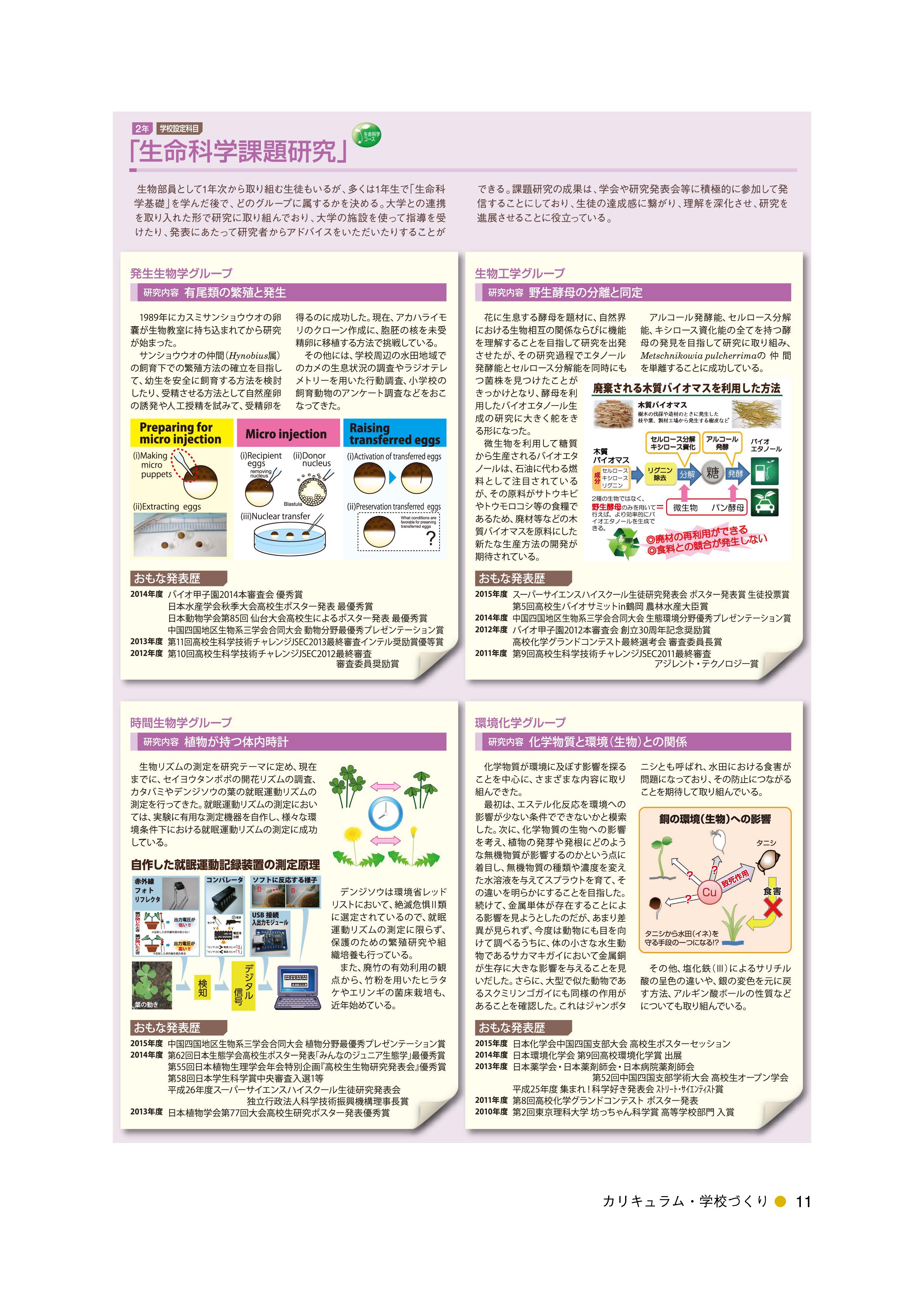The ones and zeros in the table compiled by Donna Nelson don't come as
much of a surprise. But they are a stark reminder that the overwhelming
majority of physics professors at top US universities are still white men.
Earlier this year, Nelson, a chemistry professor at the University of
Oklahoma, surveyed the makeup of faculty in chemistry and chemical
engineering by rank, race, and gender for the country's 50 best-funded
universities. Now she has done the same for physics.
The 50 universities surveyed have a total of 1987 physics faculty members.
The full data can be viewed online at
http://www.awis.org/statistics/physicsTable.html. Here are some highlights:
--------------------------------------------------------------------------------
Of the physics faculty members at the 50 universities, 131, or 6.6%, are women.
Twelve physicists at the 50 universities, or about 0.6%, are African
American. They are all men.
Half of the 10 Hispanic physics faculty members are women.
There is one Native American physics professor at the universities
surveyed; he is at Yale University.
Asian Americans represent 11.2% of the physics faculty; of those, about 10%
are women.
"Nelson's data agree pretty well with ours," says Rachel Ivie of the
American Institute of Physics's statistics division. (AIP's most recent
report on employment by gender and race, 2000 Physics Academic Workforce
Report, is available on the Web at
http://www.aip.org/statistics/trends/reports/awf01.pdf.) "What Nelson has
that we don't is women by race and the breakdown by rank," says Ivie. Most
black academic physicists are at historically black colleges and
universities, Ivie adds. "The question is, Why are they there? Are they not
going to the top 50 universities because they don't get offers, or because
they choose not to? I don't think anyone knows the answer."
Nelson, who is one quarter Native American, started doing her own surveys
after seeing one that showed the breakdown of chemistry faculty by gender
and wondering why it didn't look at minorities. She compiled the data by
sending out questionnaires and then following up aggressively. When
universities didn't respond, she says, "We got the information from the Web
and from talking to people in the department. That's how we got a 100%
response rate." Physics, she adds, "is doing a pretty good job in using the
available female base, but it lags in hiring minorities." One surprising
result, Nelson says, is that chemical engineering outstrips both chemistry
and physics in hiring from their respective pools of African American PhDs.
"My students were extremely interested in the surveys," says Nelson. "I
think the females have been taught they will have a full chance, and they
expect it. And when they see this sort of statistics, they are even more
outraged than professors. All I am asking is for people to listen--and not
to punish females and minorities when they try to discuss the disincentives
for going into these fields."
Toni Feder




